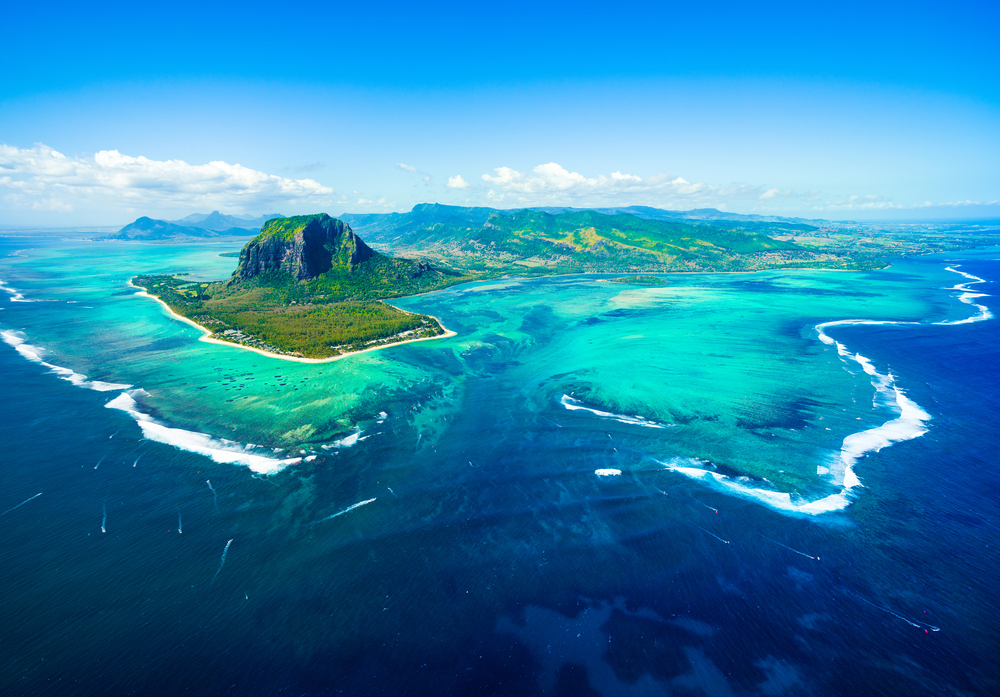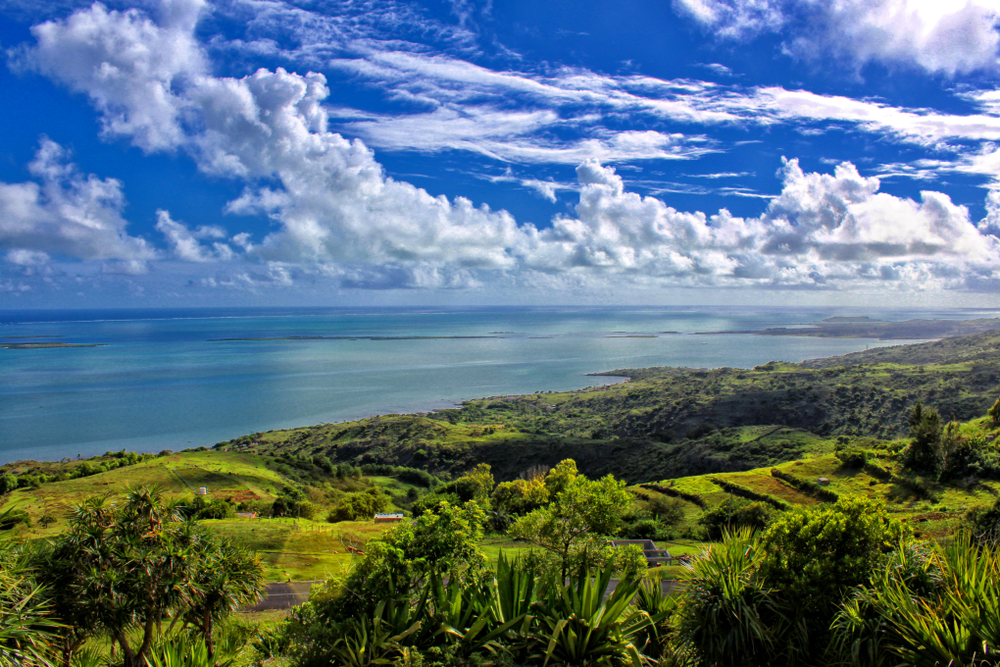Mauritius, an island nation in the Indian Ocean, is renowned for its rich biodiversity, much of which is protected within its national parks. The country has three primary national parks: Black River Gorges National Park, Bras d’Eau National Park, and Islets National Park, which are essential for preserving the unique flora and fauna that thrive in Mauritius. These national parks in Mauritius play a vital role in the conservation of the island’s fragile ecosystems, many of which are home to species found nowhere else in the world.
Black River Gorges National Park, established in 1994, is the largest and most significant park in Mauritius, covering over 6,500 hectares of the island’s mountainous southwest. This national park is critical for the preservation of Mauritius’ remaining rainforest and serves as a refuge for a variety of endangered species. It is home to endemic species such as the Mauritius kestrel, pink pigeon, and Mauritius flying fox, alongside a wide array of plant species, including rare orchids and ebony trees. The park also offers stunning landscapes, with waterfalls, rivers, and deep gorges, making it a popular spot for hiking and eco-tourism.
Islets National Park is a collection of small islets around Mauritius, each serving as a sanctuary for different marine and terrestrial ecosystems. The park is essential for the protection of the country’s unique coastal flora and fauna, including coral reefs, marine life, and migratory birds. These islets provide crucial nesting and breeding grounds for species like the red-footed booby and the white-tailed tropicbird.
Despite their ecological significance, national parks in Mauritius face challenges such as invasive species, which threaten the survival of native flora and fauna. Deforestation and habitat degradation due to urban development also put pressure on these protected areas. Conservation efforts are ongoing to control invasive species, restore habitats, and enhance the protection of endangered species.
Mauritius national parks remain essential in safeguarding the island’s natural heritage and promoting sustainable eco-tourism. Continued conservation efforts are crucial for preserving these ecosystems for future generations.













































































